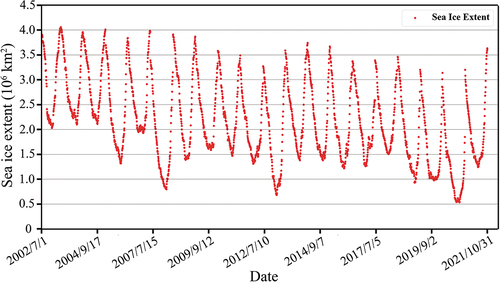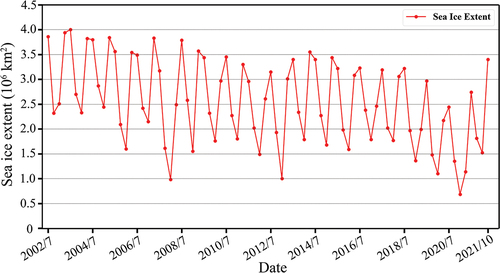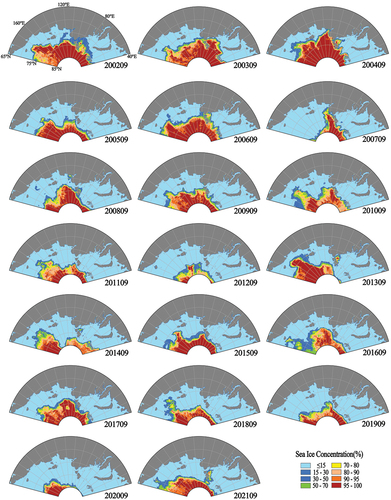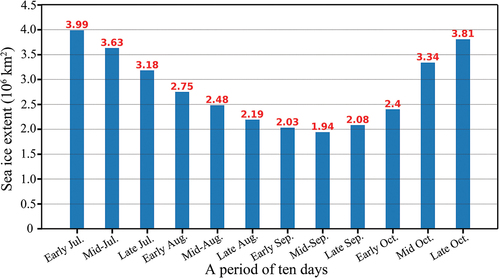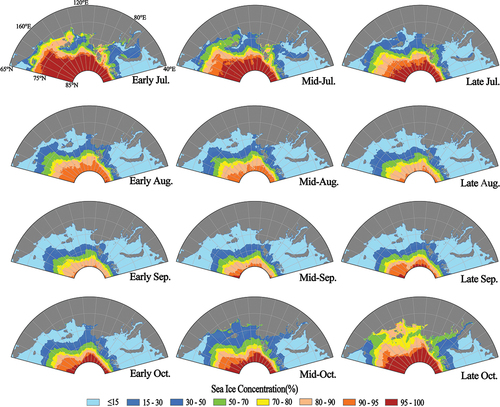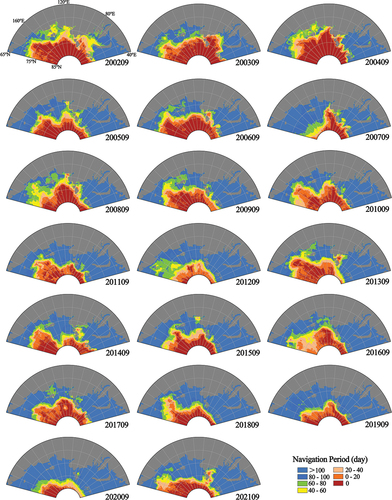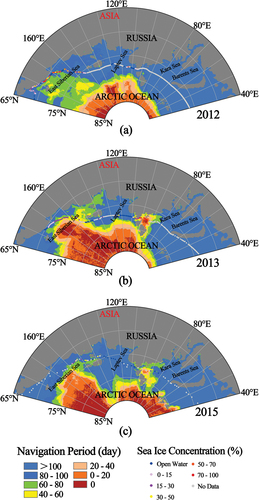Figures & data
Figure 1. The primary seas and straits through the NEP and the Eastern Arctic region. The red sector represents the study area and the red curve shows the NEP.
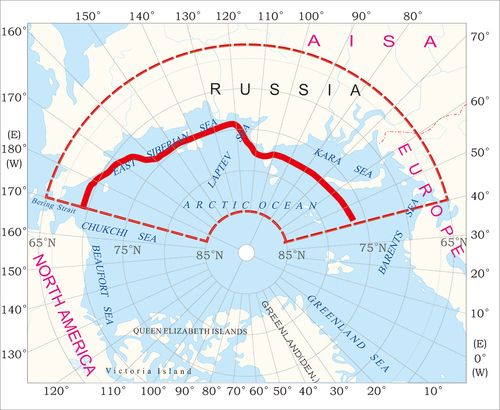
Table 1. Information of the passive microwave remote-sensing data.
Table 2. Linear regression coefficients for AMSR-E and SSMIS brightness temperature data.
Figure 2. Comparison of daily average brightness temperature before and after inter-calibration for AMSR-E and SSMIS.

Table 3. Linear regression coefficients for AMSR2 and SSMIS brightness temperature data.
Figure 3. Comparison of daily average brightness temperature before and after calibration for AMSR2 and SSMIS.
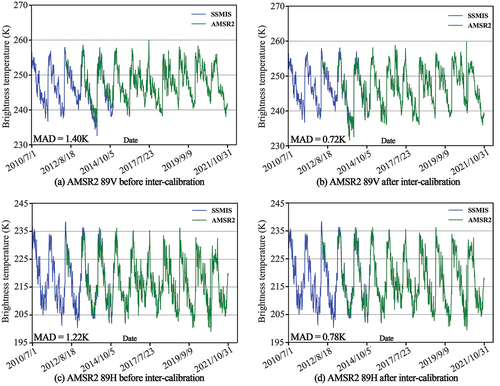
Data availability statement
The AMSR-E and SSMIS dataset that support the findings of this study is openly available in https://nsidc.org/data/AE_SI12 and https://nsidc.org/data/NSIDC-0001 by the NSIDC, and the AMSR2 dataset that support the findings of this study is openly available in https://seaice.uni-bremen.de/data/amsr2 by the Bremen University. The ship-based SIC dataset that support the findings of this study is available from the corresponding author, upon reasonable request.

